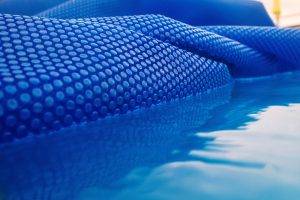I am still relatively new at pool ownership.
I maintain my chemistry pretty well with a specific eye on CSI.
My main question is if I maintain FC at between 2-4ppm, CYA 70-75, and TC has never been higher than .1ppm above FC, do I need to shock my pool? If so, how often, what type and amount of shock should I use?
I maintain my chemistry pretty well with a specific eye on CSI.
My main question is if I maintain FC at between 2-4ppm, CYA 70-75, and TC has never been higher than .1ppm above FC, do I need to shock my pool? If so, how often, what type and amount of shock should I use?


